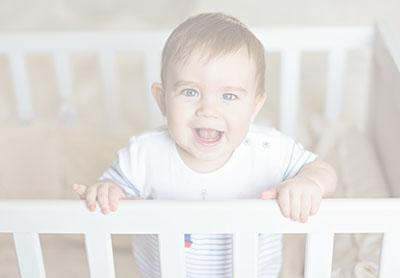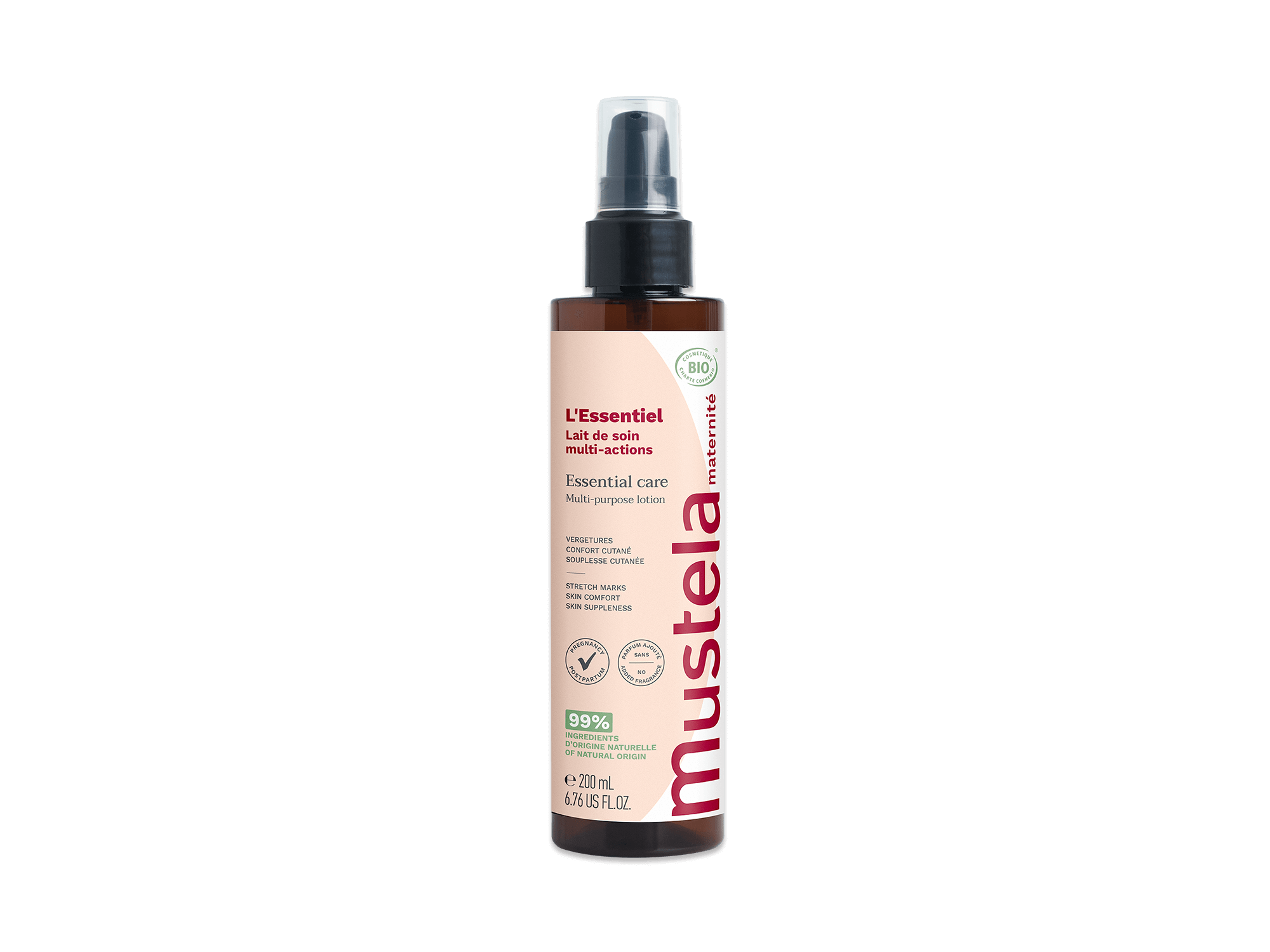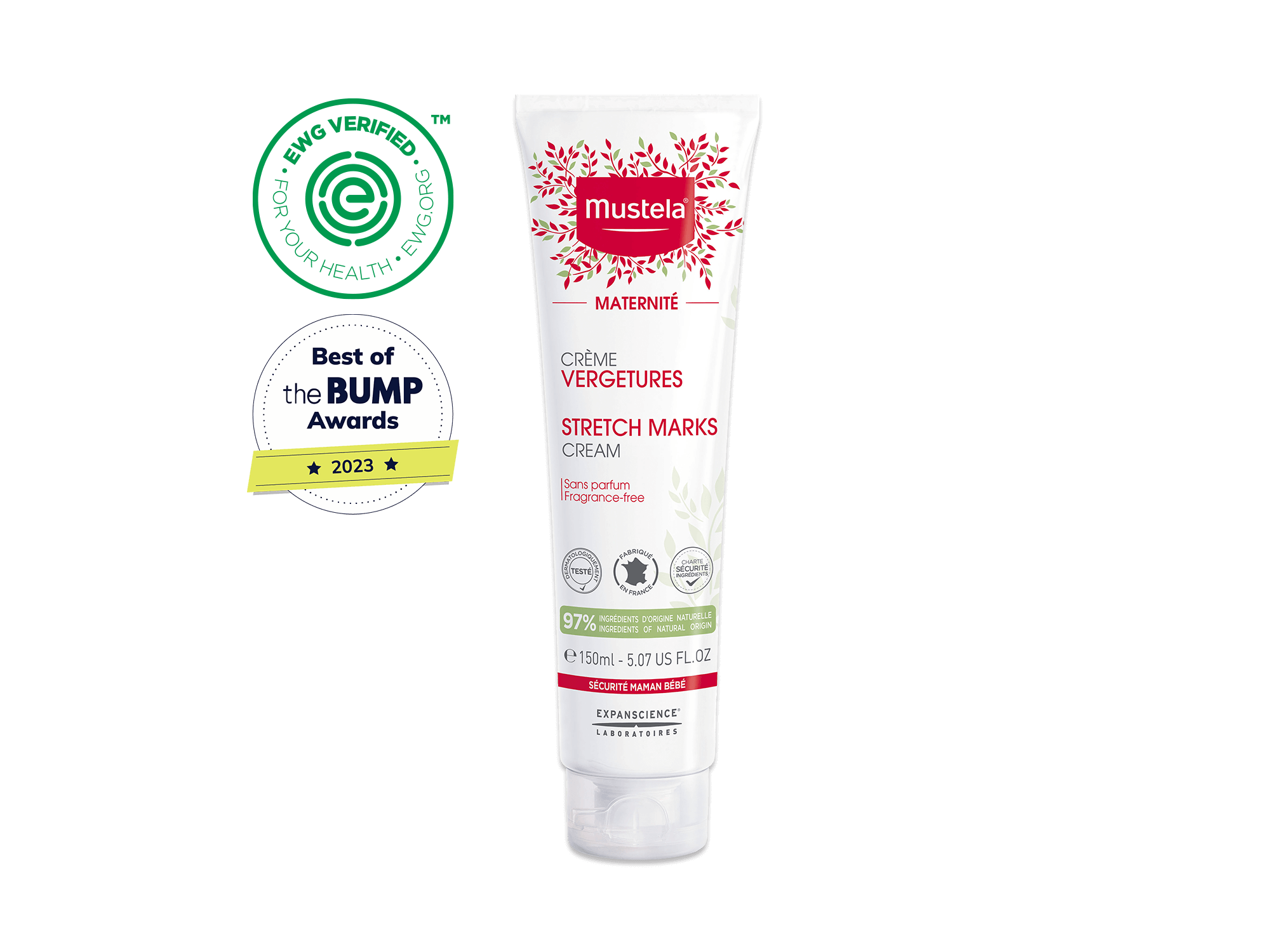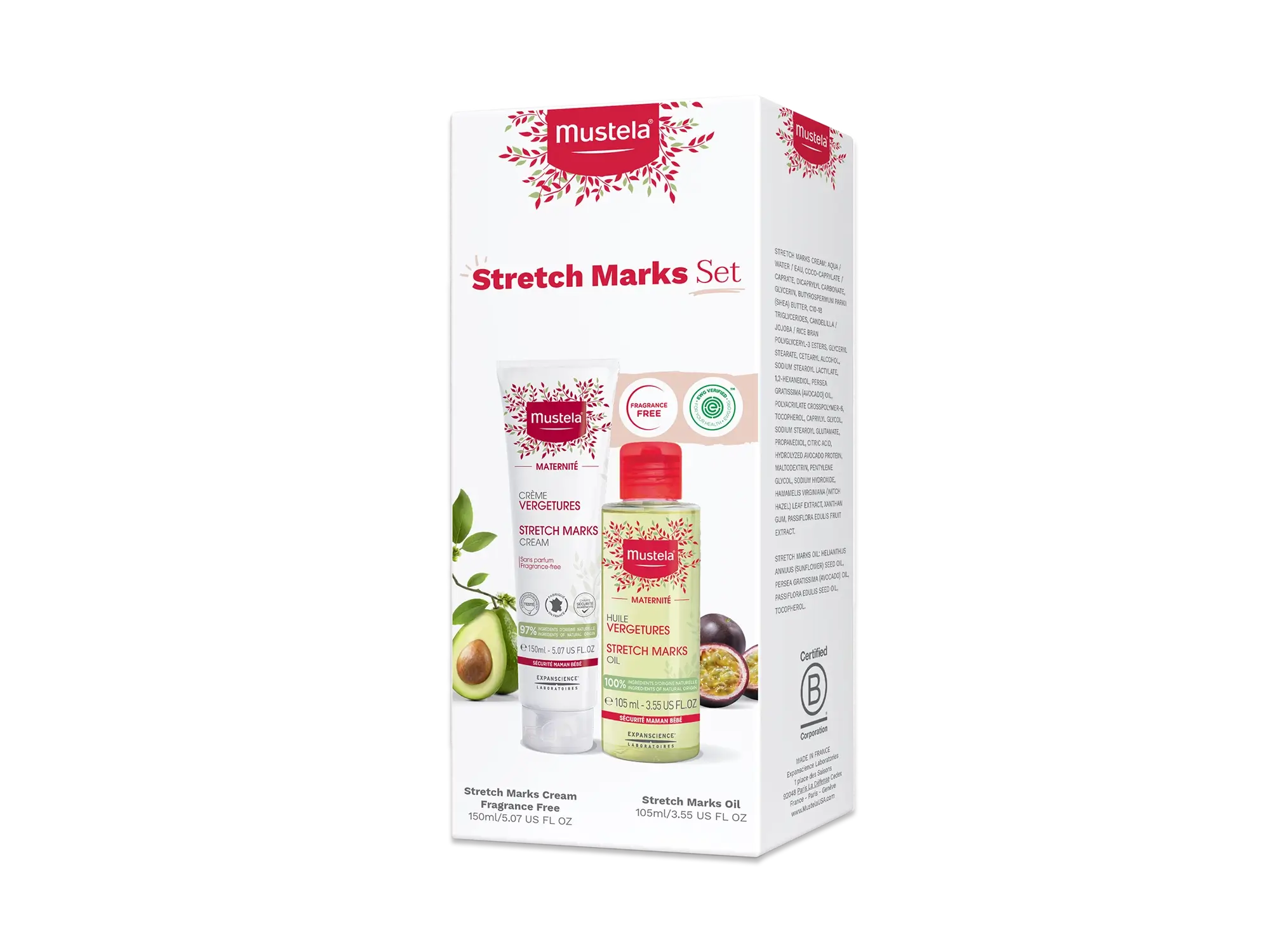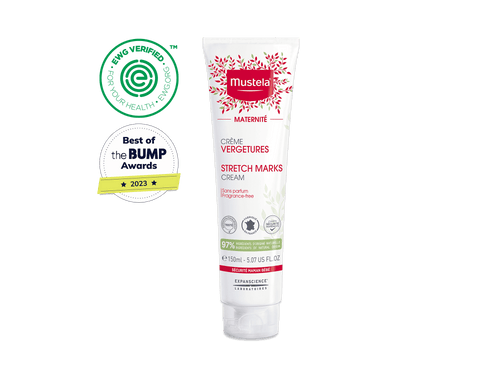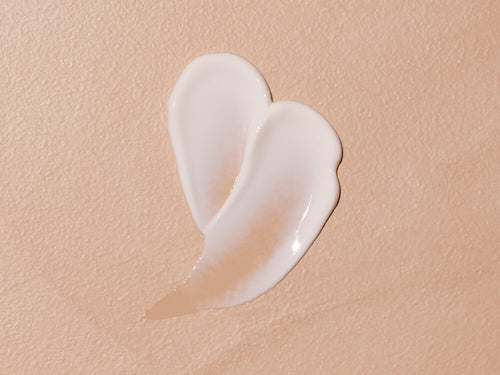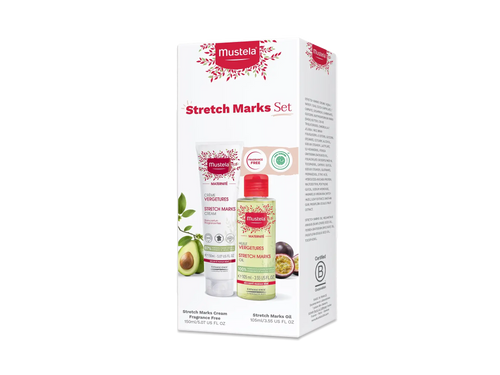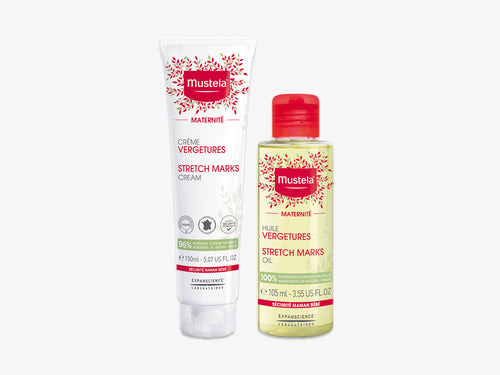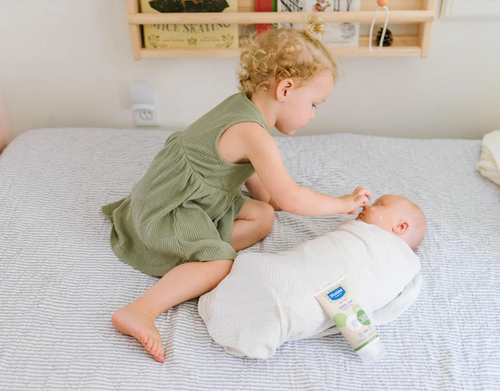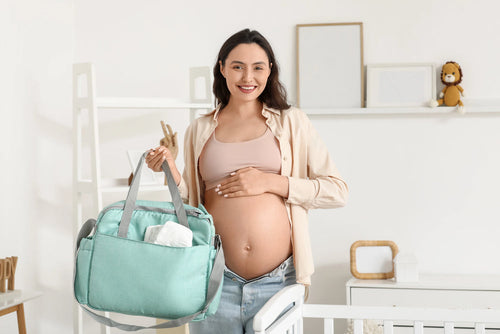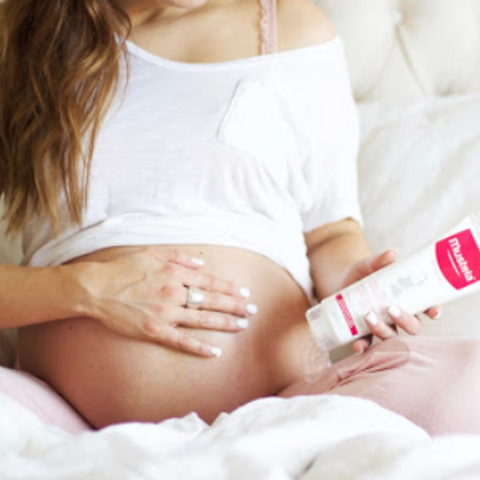As your baby continues to grow inside your belly, you will begin preparing the nursery. The baby's room will be both a place of rest and when he gets a little older, a place to play. It should be peaceful, practical and cheerful. Read our tips for preparing the ideal nursery for your baby.

PREPARING THE ROOM
- If possible, choose a calm, sun-filled room that is close to your bedroom. That way, you can get there easily – particularly when your baby wakes up during the night.
- Choose soft or light colors for the walls; bright colors are stimulating and could disturb your baby’s ability to fall asleep. If you like intense hues, introduce them in small touches, such as furniture items, sheets or curtains, decorative objects, and stuffed animals.
- Choose hardwood or tile for the floors, as opposed to carpet, which can be allergenic.
- Use soft and indirect sources of light.
YOUR BABY’S MUST-HAVE ITEMS
In your baby’s first months, a few essential items will meet her needs.
- A crib
- For the first few months of your baby’s life, a cradle can also be useful; smaller than a crib, the cradle feels more secure to baby.
- A musical mobile, hung above the crib, which will help your baby fall asleep.
- A chest of drawers and/or a wardrobe for organizing your baby’s small items.
- A changing table or simple changing surface installed on the chest of drawers, next to which you can place all of your diaper and cleaning supplies: diapers, wipes or cotton pads, cleansing waters or milks, diaper cream, etc.
- Comfortable chair or rocking chair.
AND FOR LATER…
As your child grows, his needs will change. For between one and three years of age, you can plan to add the following items to your baby’s room:
- A play mat on which your little one can play to his or her delight without the risk of getting hurt.
- A toy chest or cubby-holes with drawers that your child can open and close himself. Choose models that are at your child’s height, so that he can access them without difficulty, and even use them in play.
- A small children’s bookcase that displays books by cover rather than by binding. This way, your child can choose and look through his books himself.
- A small table and one or two small chairs for painting and drawing.
- A coat rack on which your child can hang up his clothes or pyjamas by himself.
REMEMBER SAFETY
When arranging your baby’s room, particular focus should be placed on safety. Keep in mind the following:
- For the walls, opt for natural paints that bear the NF and/or European Ecolabel seals. Traditional paints give off toxic molecures that are particularly harmful to babies and children.
- Make sure that the furniture you have chosen meets child safety standards and is not coated with toxic paint or varnish; your child is more than likely to open his mouth on the furniture at one point or another.
- Pay special attention to the safety of your baby’s crib: choose a crib with bars that meet the safety standards in force, particularly with regard to the spacing between bars. Let the bed and mattress air out for a while before installing them in your baby’s room. Finally, put your baby in a romper to help her fall asleep, and avoid having any pillows, duvets, or stuffed animals in the crib.
- Choose furniture with rounded corners wherever possible, or place foam protectors on furniture corners when your child begins to move around on her own.
- Make sure that the furniture cannot fall over onto your child if she grabs onto it to stand up. If necessary, affix furniture to the walls.
- Install socket covers so that your baby can’t put her fingers into outlets.
- Install safety devices on any windows so that your child cannot open them on his own.
- Leave no electrical wiring exposed: hang electrical items where possible, use wall or desk lamps, or place them high enough up where you can hide their wires behind the furniture.
- Air out your baby’s room daily and do not overheat it: 65-68 degrees is sufficient. If the air is very dry, install a humidifier as well, which will facilitate your little one’s breathing.



